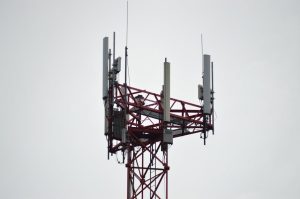The World of Subsea Cables: Repairs, Faults, and Future Projections

High-profile cable breaks are a common occurrence, especially around the Baltic Sea and Taiwan, but so are the repairs that follow. Ingrained processes and plans play crucial roles in restoring service on key subsea cable systems. Repairing cables is integral to a cable-dependent society, with modern techniques involving specialized repair ships.
These ships use hooks to retrieve damaged cables from the ocean floor, replacing faulty sections with spare cables carried onboard. The speed of repairs varies based on ship availability. For example, a recent cable break near Taiwan was repaired within weeks.
Cable faults, though rarely discussed, are frequent globally, with around 200 repairs needed annually. Most companies adopt a safety approach by spreading network capacity over multiple cables to ensure service continuity. Interestingly, two-thirds of cable faults result from accidents involving vessels and anchors.
Environmental factors also pose risks, as seen in Tonga’s struggles with earthquake and volcano-related outages due to limited submarine cables. The future predicts a significant increase in cable deployment by 2040, driven by bandwidth demands and redundancy necessities.
Yet, challenges loom as cable maintenance ships near the end of their service life, requiring a hefty investment of $3 billion to maintain service levels and prevent delays. This investment includes acquiring replacement ships to meet the demands of the expanding submarine cable network.
